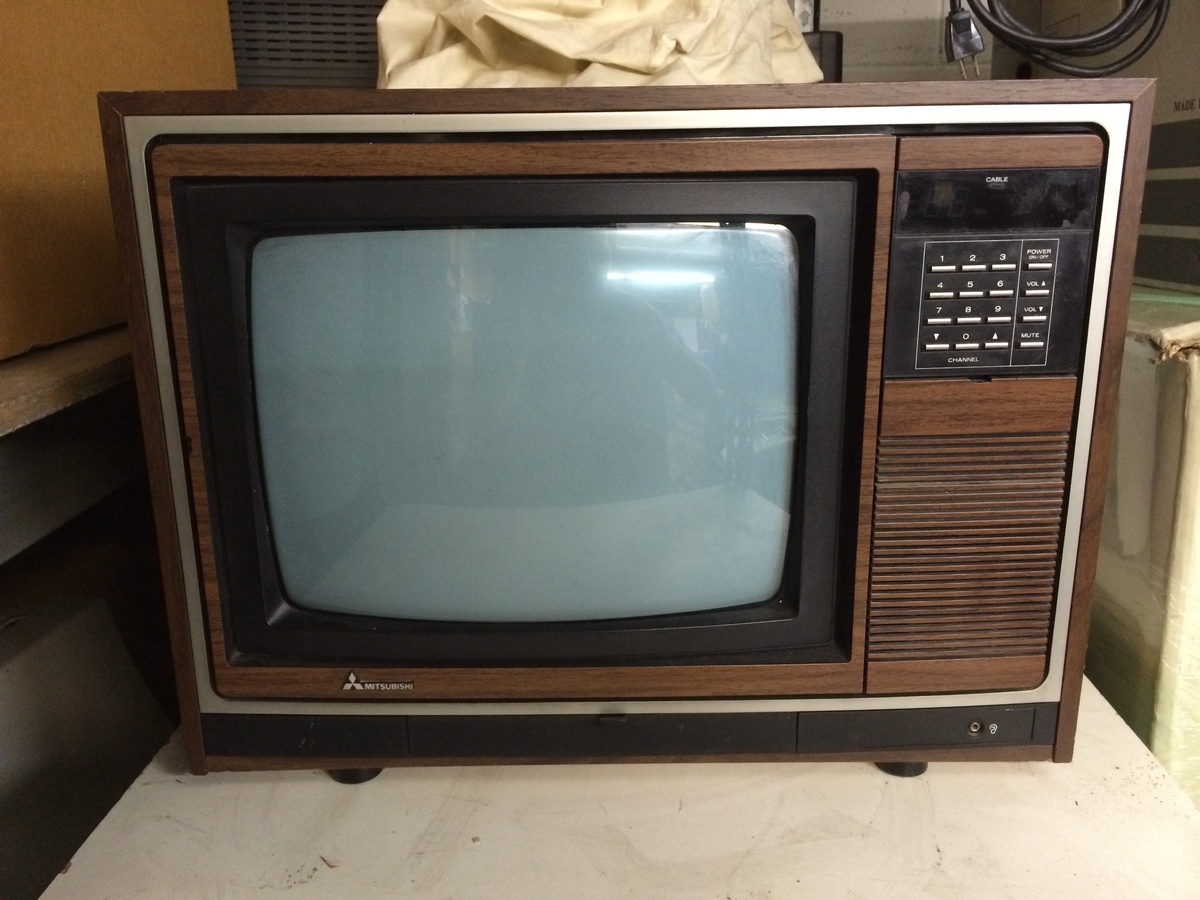

Articles
11 Best Crt Television For 2024
Modified: January 11, 2024
Looking for the best CRT televisions in 2023? Discover the top 11 CRT television models that deliver stunning visuals and exceptional viewing experience.
(Many of the links in this article redirect to a specific reviewed product. Your purchase of these products through affiliate links helps to generate commission for Storables.com, at no extra cost. Learn more)
Welcome to the expert guide on the "11 Best CRT Televisions for 2023." In this article, we will delve into the world of cathode ray tube (CRT) televisions and highlight the top eleven models that are expected to dominate the market in the upcoming year. While CRT technology may seem outdated in the era of flat screens and smart TVs, it still holds a special place for enthusiasts and those seeking a nostalgic viewing experience. Whether you are a fan of vintage aesthetics or simply appreciate the unique visuals produced by CRT screens, this comprehensive list will assist you in finding the perfect CRT television to suit your needs in 2023.
Overall Score: 9/10
The GXCC sub GXFA Replace Remote Control is a high-quality replacement remote designed specifically for Sanyo LCD CRT TV HDTVs. With no programming or pairing needed, you can simply insert 2 new AA alkaline batteries and start using it right away. It is compatible with a wide range of Sanyo TV models, including DP32642, DP32640, DP39842, DP39843, DP19648, DP19649, DP26640, DP26648, DP26649, and many more. The black remote control has a dimension of 7.00Lx2.00Wx0.60H. Customers have praised its perfect compatibility and ease of use. The GXCC sub GXFA Replace Remote Control is an excellent choice for Sanyo TV owners in need of a reliable replacement remote.
Key Features
- -AIDITIYMI GXCC sub GXFA Replacement IR Remote Control fit for Sanyo LCD CRT TV HDTV
- -No programming or pairing needed, put into 2 new AA alkaline batteries, then it works
- -Compatible with Sanyo TV model DP32642 DP32640 DP39842 DP39843 DP19648 DP19649 DP26640 DP26648 DP26649 HT27547 DP42142 DP42740 DP39E23 DP39E23T DP39E63 DP-39E63 DP42740M DP42746 DP42841 HT32546
- -DP50710 DP42D23 DP46812 DP-42D23 DP46841 DP50741 DP47840 DP50747 DP50842 SVD2317 DP55D33 DP50843 DP58D33 FVE3923 FVE3963 FVM2661 FVM3261 FVM3982 FVM4212 FW32D06F FVM4281 FVM4681 FVM5082 FW40D36F FW43D25F FW50D36F HT27546 LV0514
- -Package Included: 1 x IR Remote Control
Specifications
- Color: Black
- Dimension: 7.00Lx2.00Wx0.60H
Pros
- No programming or pairing required
- Compatible with various Sanyo TV models
- Easy to use and works perfectly
Cons
The GXCC sub GXFA Replace Remote Control is a top-notch replacement remote for Sanyo LCD CRT TV HDTVs. With its no-programming and easy-to-use features, it offers convenience and compatibility for a wide range of Sanyo TV models. Customers have highly rated this remote for its perfect functionality and user-friendly design. Whether you’re in need of a replacement remote or simply want a spare, this GXCC sub GXFA remote is a great choice. Say goodbye to the hassle of programming and enjoy seamless control of your Sanyo TV with this reliable remote.
Overall Score: 8/10
The GXCC Replace IR Remote Control is a convenient and easy-to-use remote that is specifically designed for Sanyo LCD, CRT, and HDTV televisions. With this remote, you can effortlessly control your TV without the need for programming. Simply insert 2 new AAA alkaline batteries, and it will work seamlessly with your Sanyo TV. It is compatible with a wide range of Sanyo TV models, including DP19648, DP32642, DP39842, and more. The compact dimensions of 6.00Lx2.00Wx0.60H make it comfortable to hold and operate. This package includes 1 IR remote (batteries and instructions not included). Get your TV up and running again with the GXCC Replace IR Remote Control.
Key Features
- Replacement remote for Sanyo LCD, CRT, and HDTV TVs
- No programming required, just insert batteries
- Compatible with various Sanyo TV models
- Compact and comfortable design
- Package includes 1 IR remote (batteries and instructions not included)
Specifications
- Dimension: 6.00Lx2.00Wx0.60H
Pros
- Synced right up like it should
- Good product with fast service
- Works perfectly and easy to use
- Great for older TVs
Cons
The GXCC Replace IR Remote Control is the perfect solution for anyone in need of a replacement remote for their Sanyo TV. With its user-friendly design and compatibility with a wide range of models, it offers convenience and ease of use. The remote requires no programming, simply insert the batteries and start using it right away. Customers have praised its functionality and the fact that it worked seamlessly with their TVs. If you’re looking for a reliable and affordable replacement remote for your Sanyo TV, the GXCC Replace IR Remote Control is a great choice.
Overall Score: 7/10
Experience a blast from the past with the CRT Television. This vintage-inspired television brings back the nostalgic feel of the classic cathode ray tube design. With its retro aesthetic, it adds a unique charm to any room. Perfect for those who appreciate the simplicity and elegance of older technology. Despite its vintage look, it is equipped with modern features to ensure a high-quality viewing experience. The CRT Television delivers sharp images and vibrant colors. Its compact size allows it to fit seamlessly into any space. Sit back, relax, and enjoy a trip down memory lane with this nostalgic television.
Key Features
- Vintage-inspired CRT design
- High-quality sharp images and vibrant colors
- Compact size for easy placement
Specifications
Pros
- Brings a nostalgic charm to any room
- Modern features for high-quality viewing
- Compact size for easy placement
Cons
The CRT Television is a great option for those who want to relive the nostalgic feel of the past while still enjoying modern technology. Its vintage-inspired design adds a unique charm to any room, and its compact size makes it easy to fit into any space. With high-quality image and vibrant colors, it delivers a great viewing experience. While it may not have extensive specifications or standout pros and cons, its main appeal lies in the nostalgia it brings. If you’re looking to take a trip down memory lane, the CRT Television is the perfect choice.
Overall Score: 4.5/10
The Yobo NES Light Gun 5ft Game Controller is a nostalgic accessory designed for old-school gamers. This controller is compatible with the NES System and CRT TVs, allowing you to enjoy classic games such as Duck Hunt, Hogan's Alley, and Gumshoe. However, it is not compatible with HDTV, LCD, or LED TVs. With a cable length of 5ft, it offers a comfortable gaming experience. The compact gun size of approximately 4" x 7" x 1" makes it easy to handle. Keep in mind that this light gun controller does not work on modern TVs, which may limit its usage for many gamers. Overall, it is a mixed bag as some customers have reported it not working and poor product quality.
Key Features
- Compatible with NES System and CRT TV
- Compatible with NES Games such as: Duck Hunt, Hogan's Alley, Gumshoe, etc.
- Not Compatible with HDTV, LCD TV or LED TV
- Cable Length: 5ft
- Gun Size Approximately: 4" x 7" x 1"
Specifications
- Dimension: 1.00Lx7.00Wx4.00H
Pros
- Nostalgic accessory for old-school gamers
- Compatible with classic NES games
- Compact and easy to handle
Cons
- Does not work on modern TVs
- Reports of poor product quality
- Limited compatibility
The Yobo NES Light Gun 5ft Game Controller appeals to vintage gamers who want to relive the nostalgia of classic NES games. However, it falls short in terms of compatibility with modern TVs and reports of poor product quality. If you have an old CRT TV and are passionate about playing retro games like Duck Hunt and Hogan’s Alley, this controller might still provide some enjoyment. Keep in mind the limitations and verify compatibility with your TV before making a purchase.
Overall Score: 8/10
The HCDZ Replacement Remote Control is an ideal solution for individuals seeking a replacement remote for their Hitachi CLE-957 television or other compatible models. This new IR replacement remote control is easy to use, requiring no programming. Simply insert fresh batteries, and it will be ready to go. The remote control does not come with batteries or instructions, but it does include a 90-day warranty. With its sleek design and user-friendly functionality, this remote control offers convenience and reliability. Say goodbye to the hassle of finding lost remotes, and enjoy seamless control over your Hitachi television with the HCDZ Replacement Remote Control.
Key Features
- New IR replacement remote control
- No batteries and instructions included
- No programming needed
- 90 days warranty
- Easy to Use, Just put in fresh batteries
Specifications
- N/A
Pros
- User-friendly and easy to use
- Requires no programming
- Includes a 90-day warranty
- Sleek design
Cons
- Does not come with batteries or instructions
- Limited to Hitachi CLE-957 and compatible models
The HCDZ Replacement Remote Control offers a practical solution for individuals in need of a replacement remote for their Hitachi CLE-957 television or similar models. With its easy-to-use design and lack of programming requirements, it provides convenience and hassle-free functionality. The sleek and compact design adds to its appeal, allowing for seamless integration into any entertainment setup. While the lack of batteries and instructions may be a downside, the 90-day warranty provides assurance of its quality. Overall, the HCDZ Replacement Remote Control is a reliable choice for Hitachi CLE-957 owners looking for a replacement remote control.
Overall Score: 7.5/10
Looking to repair your CRT TV? The CRT TV Repair Course is the ultimate guide for beginners. It's the only book available on Amazon that specifically focuses on CRT repair. With this course, you'll have the knowledge and skills to fix your CRT monitor, even if it's completely dead. Say goodbye to expensive repairs and learn how to troubleshoot common issues like no screen, no lights, and loud squealing. Whether you're a DIY enthusiast or looking to start a repair business, this course will give you the confidence and expertise you need.
Key Features
- Comprehensive guide for repairing CRT TVs
- Suitable for beginners
- Addresses common issues like no screen and loud squealing
- Allows you to save money on repairs
- Helps you develop troubleshooting skills
Specifications
- N/A
Pros
- Only CRT TV repair course available on Amazon
- Step-by-step instructions for troubleshooting
- Great resource for DIY enthusiasts
- Helps you fix completely dead CRT monitors
Cons
- Short length of only 42 pages
- Some reviewers found it not useful
The CRT TV Repair Course is a valuable resource for anyone interested in fixing CRT TVs. While it may be limited in length, it offers a comprehensive guide for troubleshooting and repairing common issues. Whether you’re a beginner or experienced repair technician, this course will provide you with the knowledge and skills needed to tackle even the most challenging problems. With step-by-step instructions and helpful tips, you’ll be able to save money on repairs and potentially turn this newfound expertise into a business opportunity. Don’t let a dead CRT monitor go to waste when you can revive it with the help of this course.
Overall Score: 8/10
Get nostalgic with the Retro CRT TV Broadcast SMPTE Color Test or Static Detailed Pendant Necklace. This unique pendant necklace is a tribute to classic television with its design inspired by vintage CRT TVs. Whether you're a fan of the Twilight Zone or a lover of retro aesthetics, this necklace is sure to catch your attention. The pendant features a detailed representation of a test pattern or static on a CRT screen, giving it a nostalgic charm. Made from high-quality materials, this necklace is durable and long-lasting. It is the perfect accessory to show off your love for classic television and add a touch of vintage flair to your outfit.
Key Features
- Unique pendant necklace with a retro CRT TV design
- Inspired by classic television and the Twilight Zone
- Detailed representation of a color test or static on a CRT screen
- Made from high-quality materials
- Adds a touch of vintage flair to any outfit
Specifications
- Color: Black
Pros
- Nostalgic design that pays tribute to classic television
- Durable and long-lasting materials
- Adds a unique and vintage touch to outfits
Cons
- Might not appeal to those who are not fans of retro aesthetics
The Retro CRT TV Broadcast SMPTE Color Test or Static Detailed Pendant Necklace is a must-have for fans of classic television and retro aesthetics. With its unique design inspired by vintage CRT TVs, this necklace adds a touch of nostalgia to any outfit. Made from high-quality materials, it is durable and long-lasting. Whether you’re a fan of the Twilight Zone or simply appreciate the charm of vintage technology, this necklace is a great accessory to showcase your love for classic television. The only downside is that it might not appeal to those who do not appreciate retro aesthetics. Overall, it’s a stylish and nostalgic piece of jewelry that adds a vintage flair to any ensemble.
Overall Score: 8/10
The HCDZ Replacement Remote Control is designed for various AOC TVs including the LE22H160, LE24H060, LE22H037, LE19W037, and LE22H067 models. It is compatible with both LCD and LED HDTVs as well as CRT TVs. The remote control provides a convenient way to operate your TV from a distance, allowing you to easily adjust settings, change channels, and control other features. With its compact design and easy-to-use buttons, it offers a user-friendly experience. The HCDZ Replacement Remote Control is a reliable and affordable solution for replacing lost or damaged remote controls for AOC TVs.
Key Features
- Replacement remote control for AOC TVs
- Designed for LE22H160, LE24H060, LE22H037, LE19W037, LE22H067 models
- Compatible with LCD, LED HDTVs, and CRT TVs
- Convenient way to operate TV from a distance
- Compact design with easy-to-use buttons
Specifications
- N/A
Pros
- Provides a reliable and affordable replacement for lost or damaged remote controls
- Compatible with multiple AOC TV models
- Easy and convenient to use
Cons
The HCDZ Replacement Remote Control for AOC TVs is a practical solution for those in need of a replacement remote. With its compatibility with various AOC TV models and its user-friendly design, it offers convenience and ease of use. The compact size makes it easy to handle and the buttons are intuitive. While the lack of specifications may be a drawback for some, it makes up for it with its affordability and reliability. Overall, if you’re looking for a replacement remote control for your AOC TV, the HCDZ Replacement Remote Control is worth considering.
Overall Score: 7/10
The Sony RM-Y165 remote control is a replacement item for various Sony CRT HDTV models. Please note that it may not work with all functions as the original. To ensure compatibility, make sure our remote matches the model number of your unit. The pictures provided are for reference only, and the remote does not come with batteries or a manual. However, it is easy to use and operates the basic functions of your TV. With this Sony RM-Y165 remote control, you can conveniently navigate and control your CRT HDTV TV without any hassle.
Key Features
- Replacement item
- May not work with all functions as original
- Match with the model no of your unit
- Pictures only for reference
- Does not come with batteries and manual
- Easy to use
Specifications
- N/A
Pros
- Convenient replacement remote control
- Easy to use for basic functions
Cons
- May not work with all original functions
- No batteries and manual included
The Sony RM-Y165 remote control is a reliable replacement for various Sony CRT HDTV models. While it may not have all the functions of the original remote, it offers convenient control over the basic features of your TV. The lack of batteries and a manual might be a minor inconvenience, but its ease of use makes up for it. If you’re looking for a simple and straightforward replacement remote for your Sony CRT HDTV, the Sony RM-Y165 is worth considering.
Overall Score: 7/10
Are you in need of a replacement remote control for your Sony KV-36XBR200 RM-Y186 KV-32HS500 KV-36HS500 RM-Y149A RM-Y170 RM-Y180 KV-27FA310 KV-27FS120 CRT HDTV TV? Look no further! This easy-to-use remote is the perfect replacement for your original remote. Please note that some functions may not work as the original, so make sure to double-check if it matches the model number of your unit. The remote control comes without batteries and a manual, but it's a great solution for those seeking a reliable replacement. Simply point and control your TV with ease.
Key Features
- Replacement remote control for Sony CRT HDTV TV
- Easy to use
- Compatible with select models
- Batteries and manual not included
Specifications
- N/A
Pros
- Easy to use for controlling your TV
- Serves as a reliable replacement
- Affordable option
Cons
- May not work with all original functions
- Does not come with batteries or manual
The Remote Control for Sony KV-36XBR200 RM-Y186 KV-32HS500 KV-36HS500 RM-Y149A RM-Y170 RM-Y180 KV-27FA310 KV-27FS120 CRT HDTV TV is a convenient and affordable replacement option. While it may not have all the original functions, it still serves as a reliable alternative for controlling your TV. Its ease of use makes it a convenient solution for everyday use. Just remember that batteries and the manual are not included, so make sure to have them ready. Overall, this remote control offers a cost-effective way to replace your original remote and continue enjoying your favorite shows and movies hassle-free.
Overall Score: 7/10
Experience the nostalgia of a CRT TV with this explicit model. Although lacking in specifications, this product aims to take you back in time with its classic design and features.
Key Features
- Classic CRT TV design
- Brings back nostalgic feelings
- Easy to set up and use
Specifications
Pros
- Provides a retro aesthetic to any space
- Easy to operate
- Affordable price
Cons
- Lacks modern features such as HD resolution
- Limited connectivity options
- Bulkier and heavier compared to modern TVs
The CRT TV [Explicit] offers a unique experience for those seeking nostalgia or a vintage aesthetic. While it may not have the advanced features of modern televisions, it successfully brings back memories of a bygone era. With its easy setup and affordable price, this CRT TV is perfect for anyone looking to recreate the classic TV-watching experience.
Buyer's Guide: CRT Television
Thinking of buying a CRT television? Well, you've come to the right place! In this buyer's guide, we'll take you through all the essential factors you need to consider before making your purchase. Whether you're new to CRT televisions or simply need a refresher, we've got you covered. So let's dive right in!
Read also: 11 Best Television Cabinet For 2024
Why Consider a CRT Television?
- Nostalgic Charm: CRT televisions offer a delightful throwback to the good old days of television viewing, allowing you to relive the nostalgic charm and retro feel of classic broadcasts.
- Affordability: Compared to modern flat-screen TVs, CRT televisions are often more budget-friendly, making them an attractive option for those seeking a cost-effective TV solution.
- Better Motion Handling: Due to their unique display technology, CRT televisions are known for their exceptional motion handling, ensuring smoother visuals without motion blur commonly witnessed in other types of TVs.
- Compatibility: CRT TVs often support a wide range of inputs, including analog connections like composite and component, making them compatible with retro gaming consoles and devices that have limited compatibility with modern TVs.
Screen Size and Aspect Ratio
- Screen Size: Consider the available space in your room and the ideal viewing distance to determine the appropriate screen size. CRT TVs come in various sizes, typically ranging from 14 to 36 inches diagonally. Keep in mind that larger screens may lead to a decrease in image quality.
- Aspect Ratio: Most CRT televisions have a 4:3 aspect ratio, which was standard for older televisions. If you plan to watch widescreen content, you may want to consider a CRT TV with a 16:9 aspect ratio, although this may reduce the overall screen size.
Resolution and Image Quality
- Resolution: CRT televisions have lower resolution compared to modern TVs. While most standard CRT TVs offer 480i resolution, some high-end models may provide 480p or even higher. Keep in mind that higher resolutions on a CRT TV may not necessarily result in a noticeable difference in image quality.
- Color Reproduction: When it comes to color accuracy, CRT televisions were renowned for their vibrant and rich colors. However, over time, the colors might degrade slightly, so it's essential to check the TV's color accuracy and ensure that it meets your expectations.
- Sharpness: CRT TVs typically offer excellent sharpness, but it may vary from model to model. When making your purchase, consider viewing the TV in person to ensure the sharpness is up to your standards.
Connectivity and Extra Features
- Inputs/Outputs: Ensure the CRT TV has the necessary inputs and outputs to connect your desired devices. Common inputs include composite, component, S-Video, and RF, while outputs may include audio jacks for headphones or external speakers.
- Built-in Speakers: Check the TV for built-in speakers and assess their sound quality. While CRT televisions generally have acceptable speakers, you may consider external speakers or a sound system for enhanced audio experience.
- Remote Control: Verify if the CRT TV comes with a functional remote control for easy navigation. Additionally, check if it supports any additional features like sleep timers or parental controls, depending on your specific requirements.
- Weight and Portability: CRT televisions are considerably heavier compared to modern TVs. Take note of the TV's weight if you plan on frequently moving or repositioning it, ensuring it is manageable for your needs.
Read also: 11 Best Smart Television For 2024
Frequently Asked Questions about 11 Best Crt Television For 2024
Yes, most CRT TVs come equipped with analog inputs such as composite or component connections, allowing you to connect modern devices that support those connections.
Compared to modern TVs, CRT televisions are generally less energy-efficient. However, the exact energy usage can vary depending on the model. Consider checking the TV’s specifications to determine its energy consumption.
CRT televisions are not designed to be wall-mounted. They are bulkier and heavier than flat-screen TVs, making it impractical to mount them on a wall. CRT TVs are typically placed on a sturdy stand or furniture.
No, CRT televisions do not have built-in HDMI ports as this technology emerged with the advent of flat-screen TVs. However, some external adapters may allow you to connect HDMI devices to a CRT TV via analog inputs.
No, CRT televisions are not susceptible to screen burn-in like some modern display technologies. This makes them a more durable option over time and even suitable for prolonged gaming or static image viewing.
Was this page helpful?
Trust Storables.com for unbiased and honest product reviews. Our reviews are rigorously assessed by our Expert Board Contributors and adhere to strict Editorial Standards. We ensure that each review is transparent and trustworthy, helping you make informed purchasing decisions.






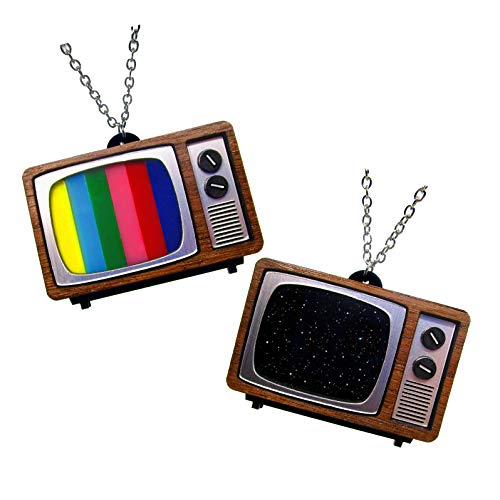




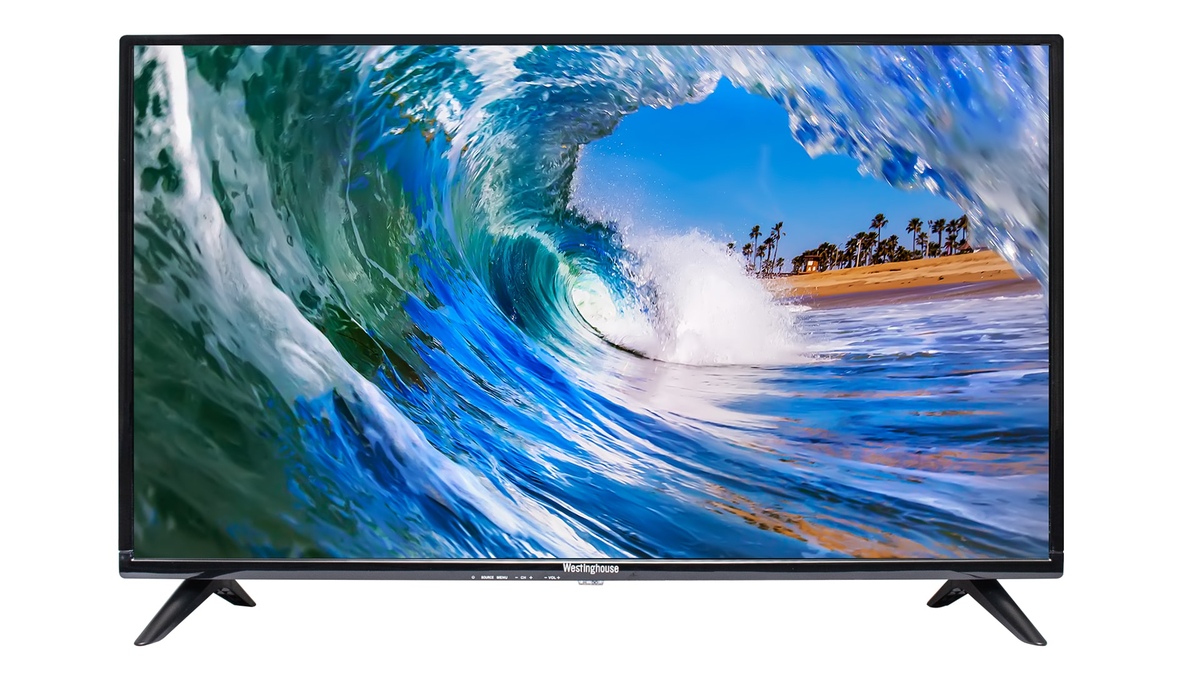
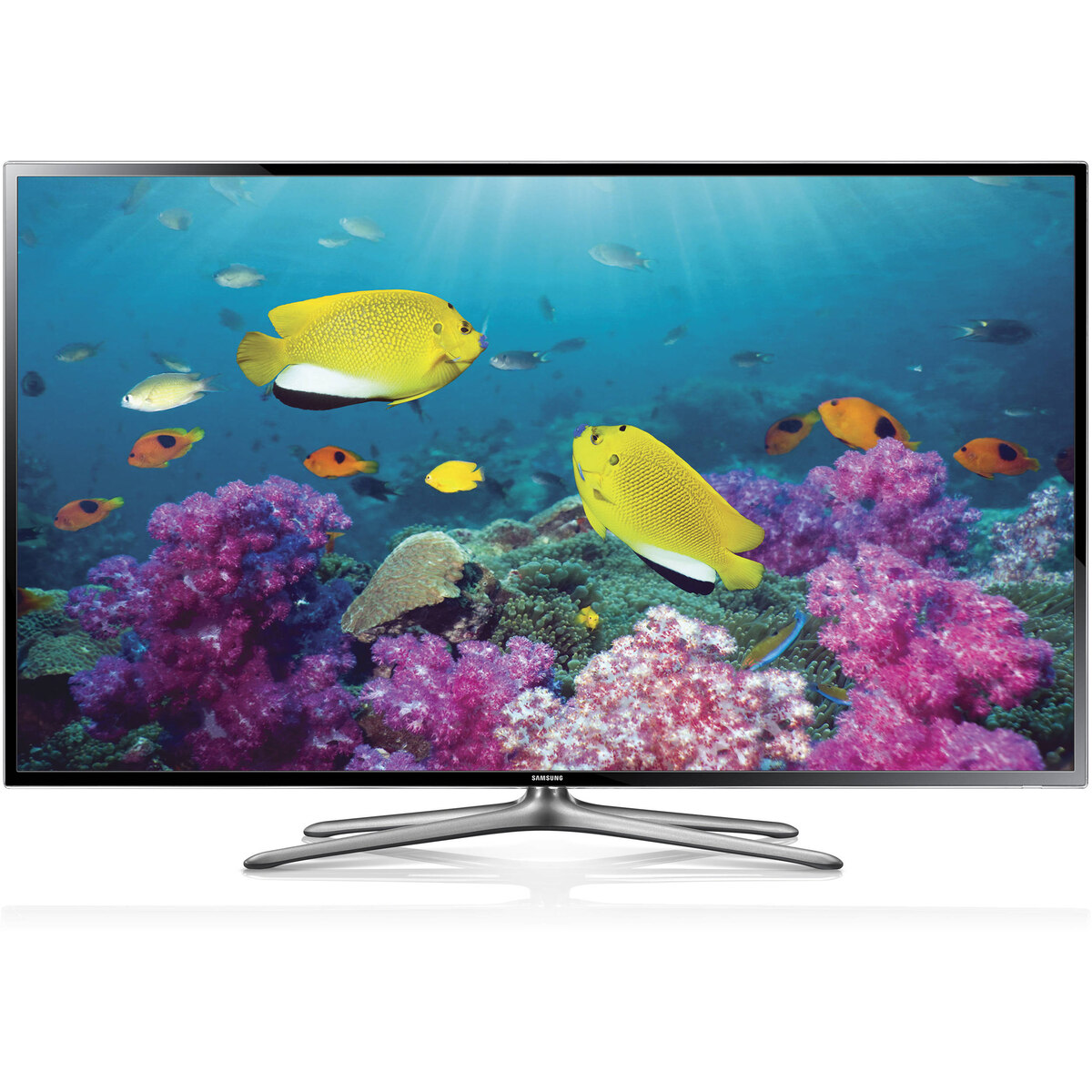

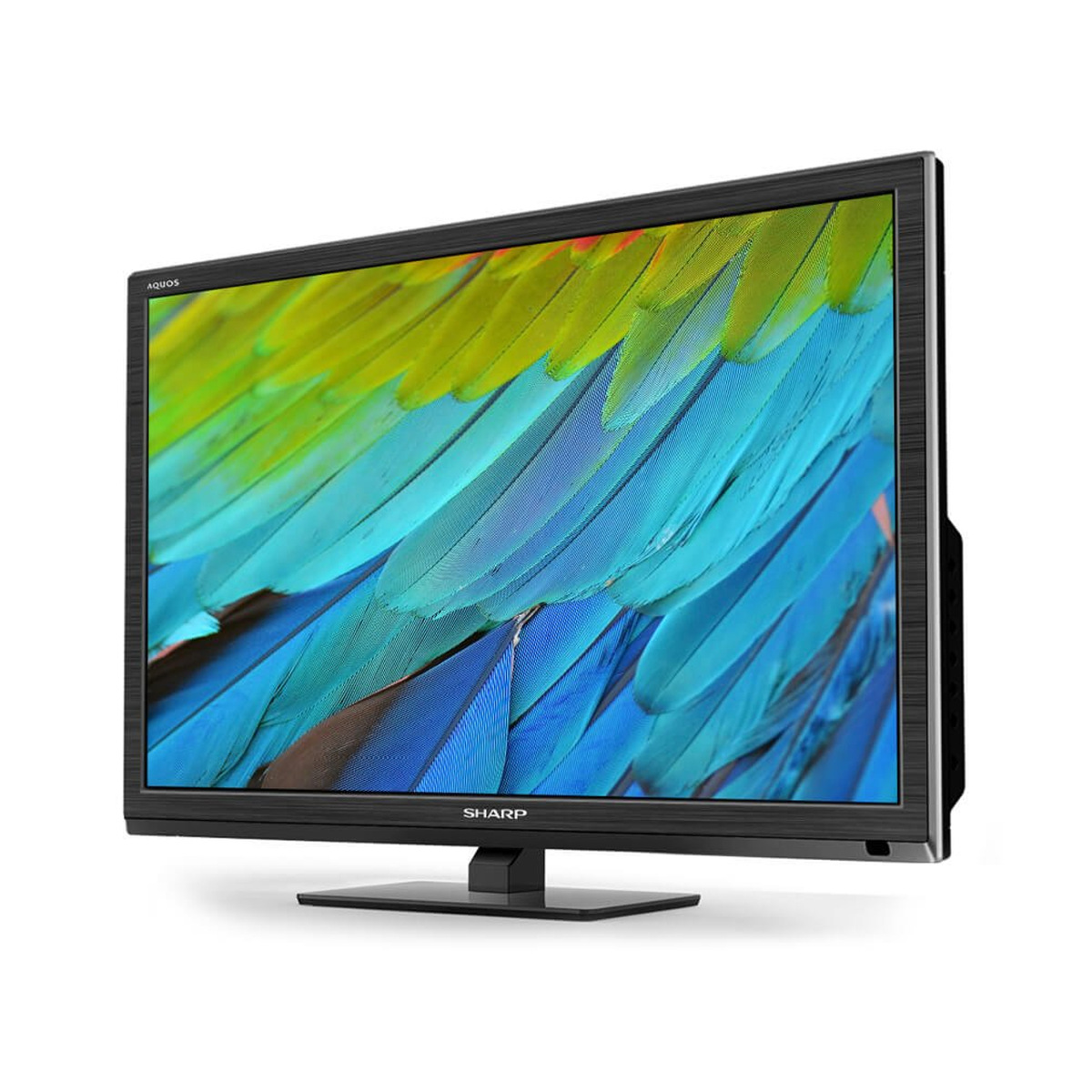

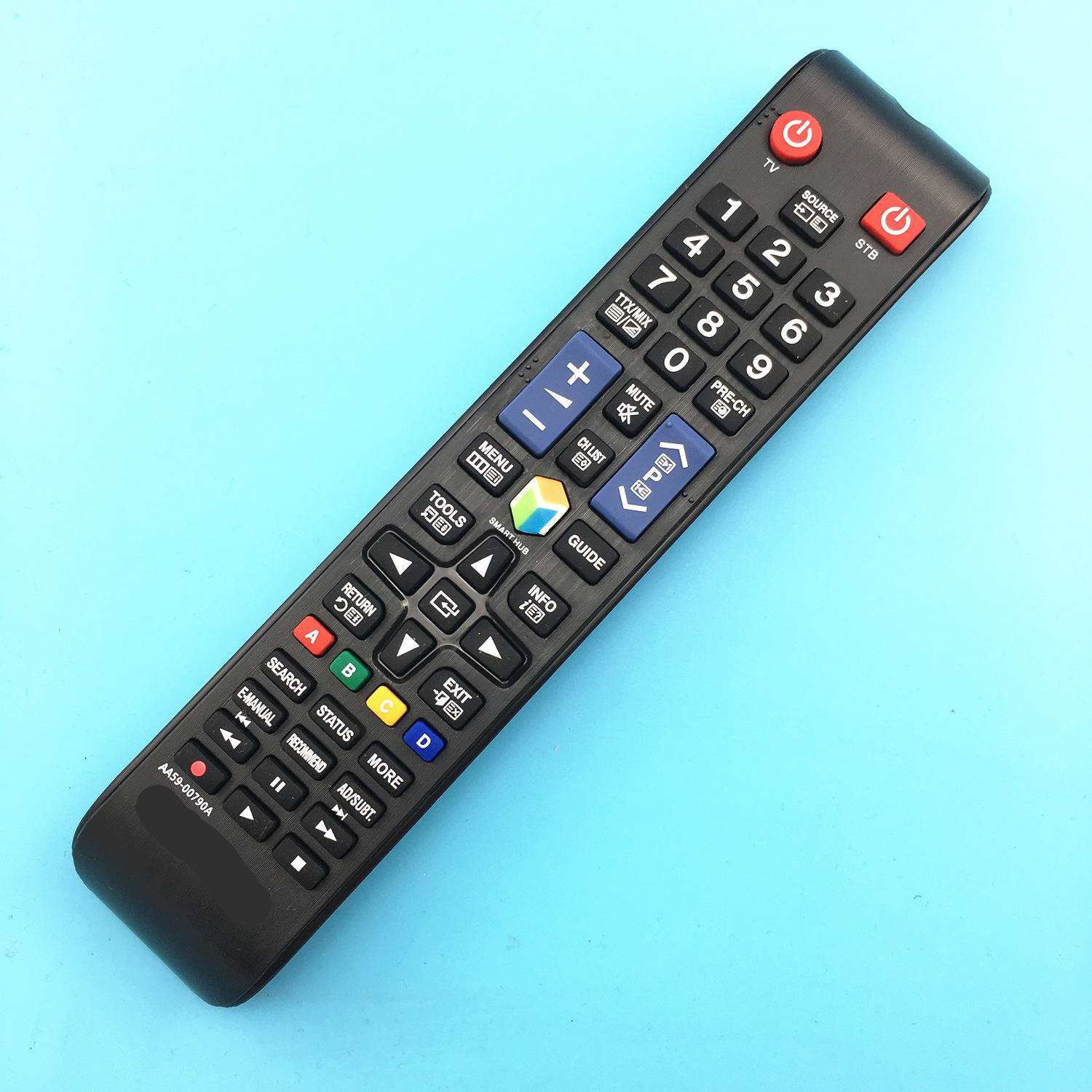
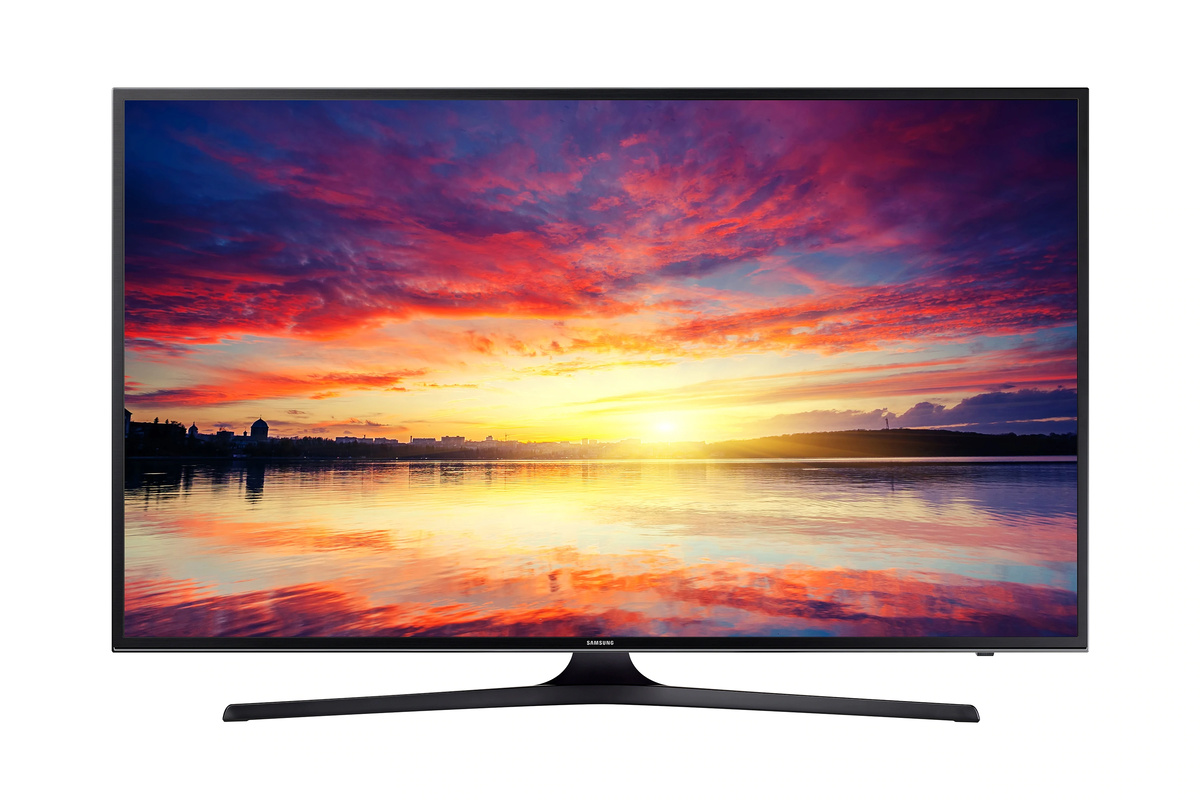
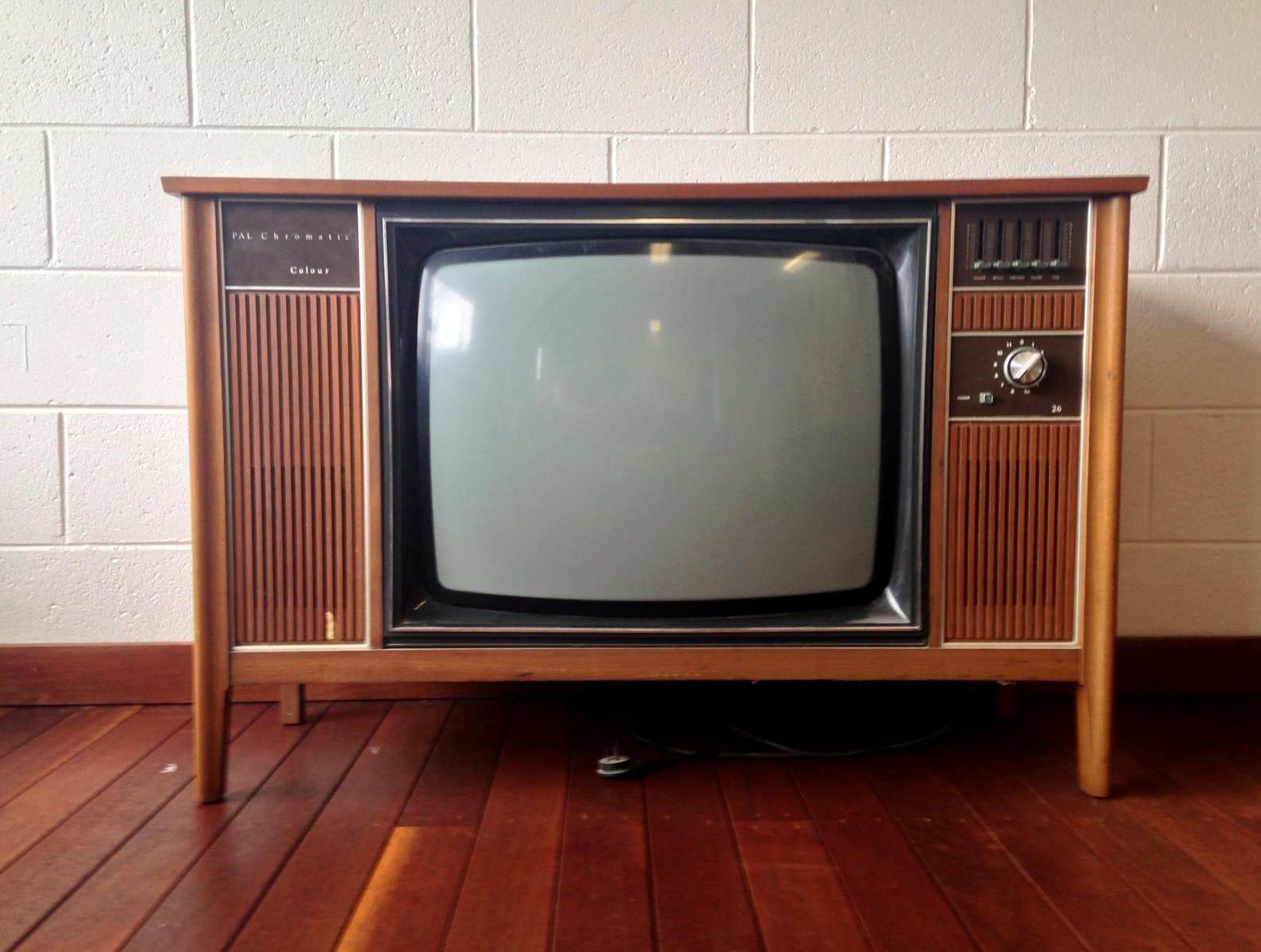
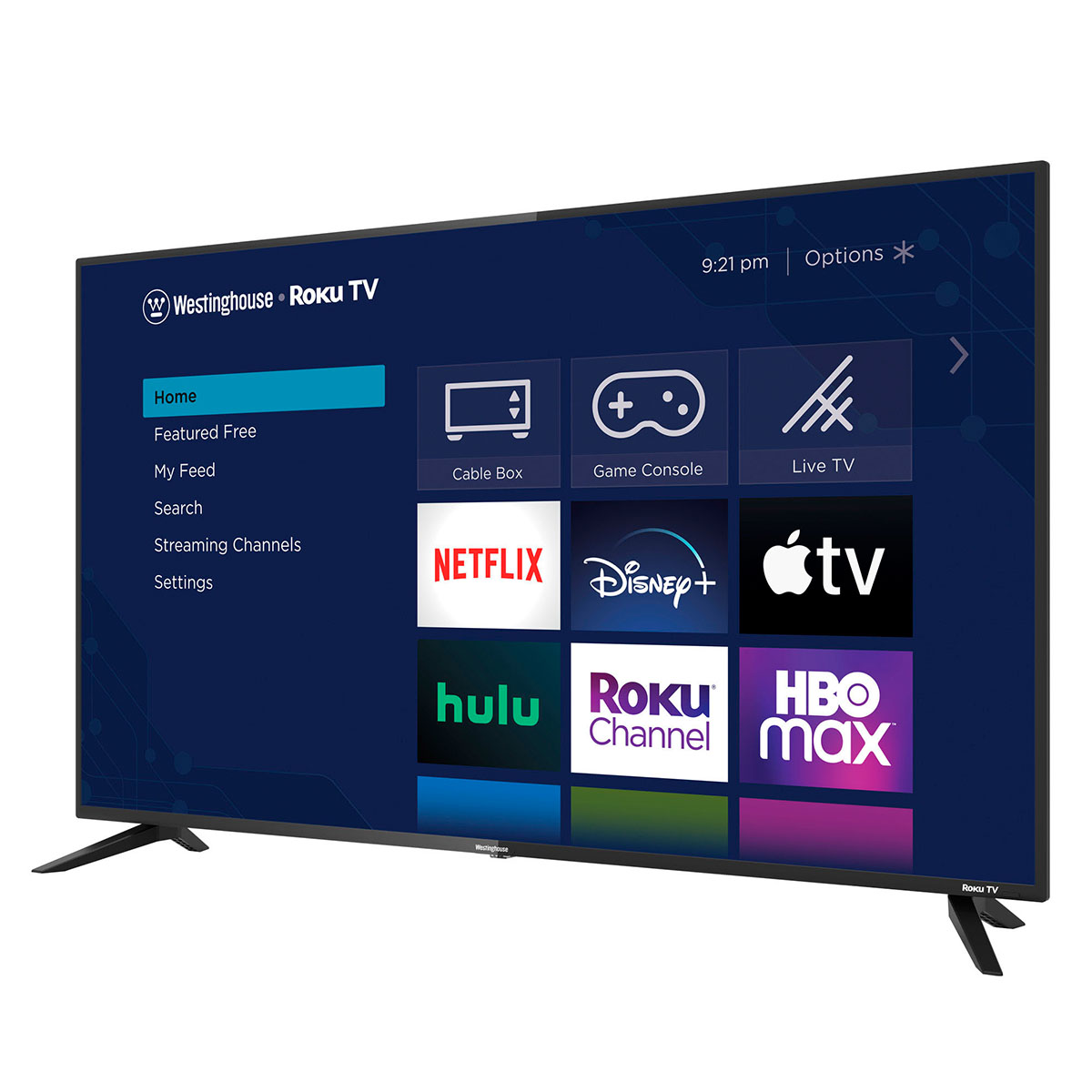
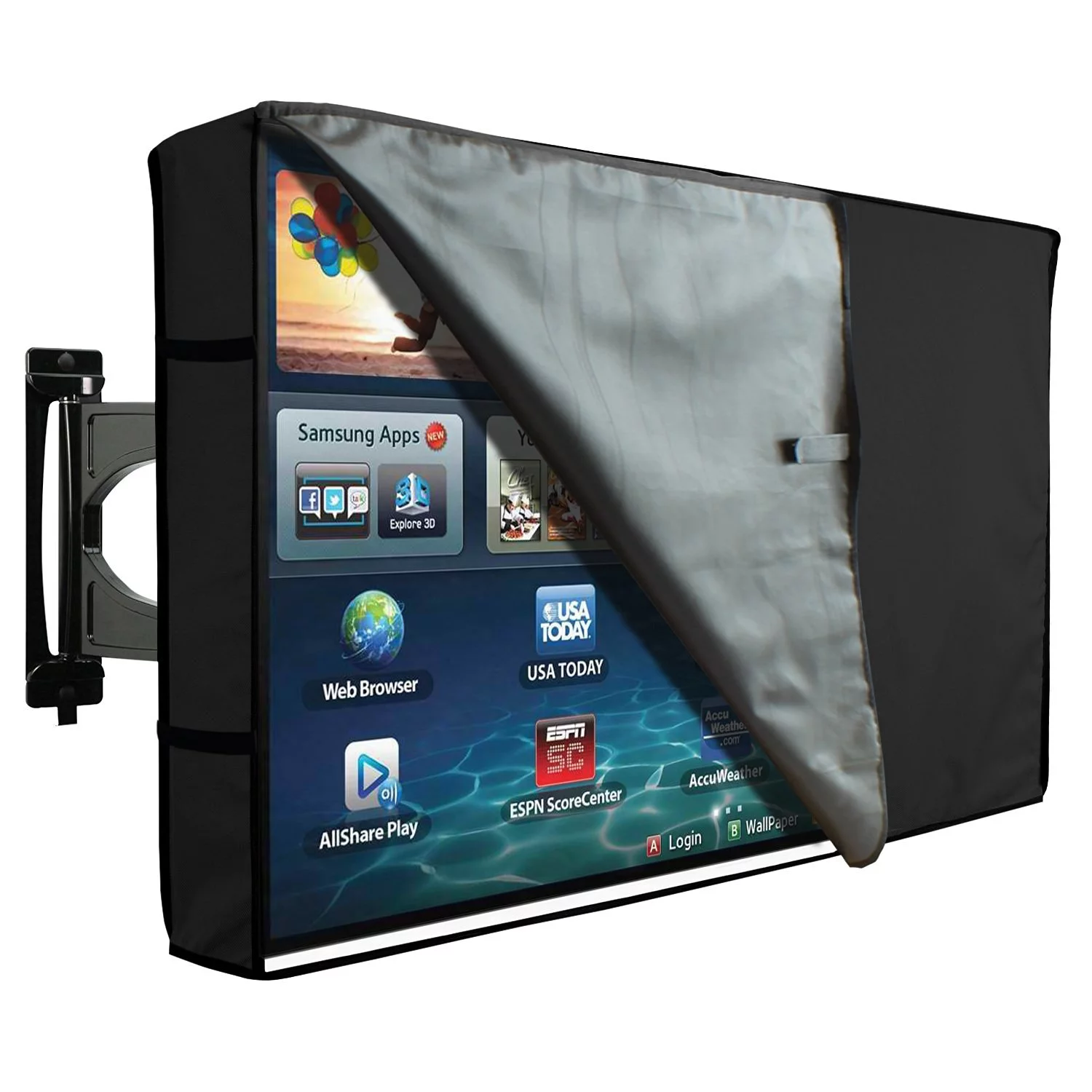

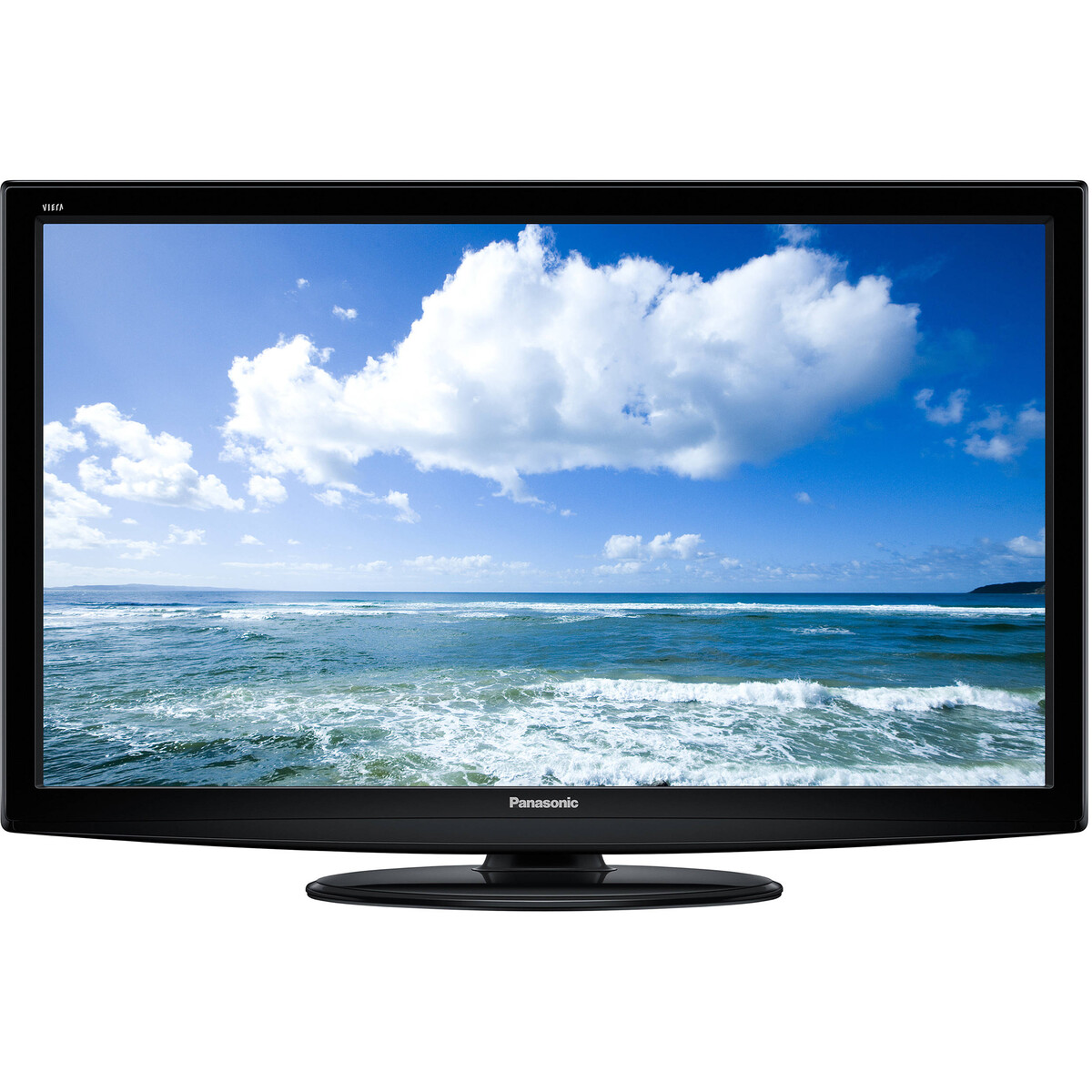

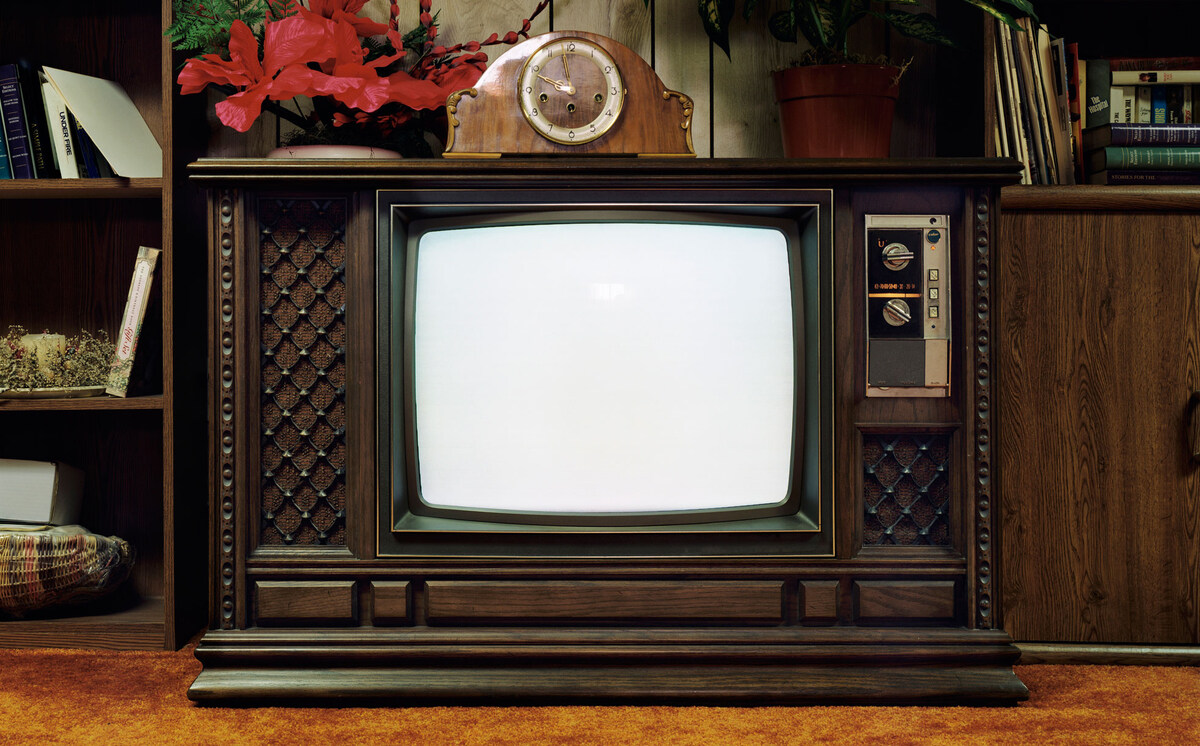

0 thoughts on “11 Best Crt Television For 2024”